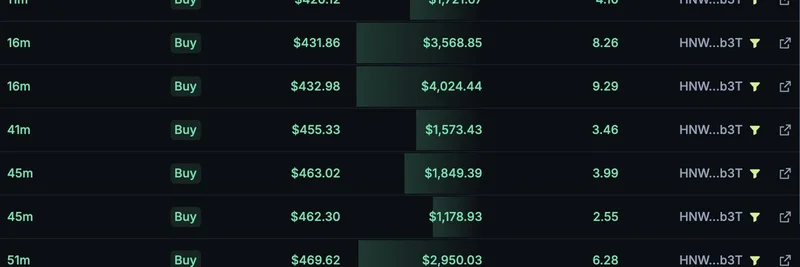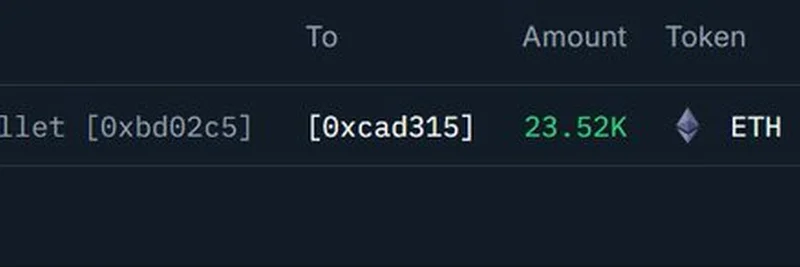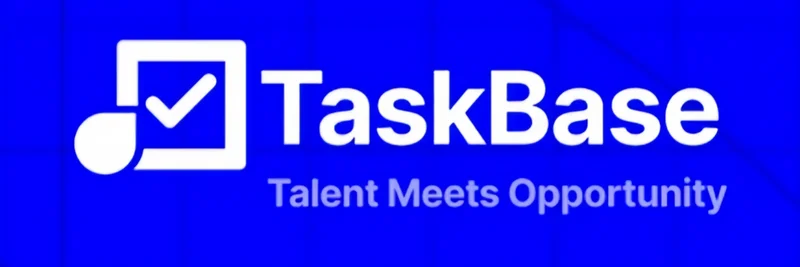Hey there, crypto enthusiasts! If you’ve been keeping an eye on the blockchain world, you’ve probably heard about Solana and its ongoing efforts to make trading safer and more efficient. Recently, a tweet from Anatoly Yakovenko, the co-founder of Solana, caught our attention. Posted on July 30, 2025, at 19:08 UTC, it dives into some exciting updates about how Solana is tackling sandwich attacks—a sneaky tactic used in decentralized finance (DeFi) to manipulate trades for profit. Let’s break it down and see what this means for the future of meme coins and blockchain trading!
What Are Sandwich Attacks, Anyway?
Before we get into the juicy details, let’s clarify what a sandwich attack is. Imagine you’re trying to buy a hot new meme coin on a decentralized exchange (DEX), and someone spots your trade in the mempool (a waiting area for transactions). They jump in front of you with a buy order, inflate the price, and then sell right after you, pocketing the difference. That’s a sandwich attack in a nutshell! It’s a type of Maximal Extractable Value (MEV) exploit that can sting traders, especially in fast-moving markets like meme coins.
The Big Reveal: Solana’s Progress
In his tweet, Yakovenko shared some impressive stats from @0xGhostLogs, a data analytics tool. Over the past 30 days, with $30 billion in trading volume, Solana only lost 13,000 SOL to sandwich attacks. That’s less than 1 basis point (0.01%)! Compare that to six months ago, when the loss was around 5 basis points, and you can see the progress. This drop is thanks to “aggressive monitoring and application-level guards”—fancy terms for smart tech that keeps an eye on the network and blocks these attacks before they succeed.
Why This Matters for Meme Coin Traders
If you’re into meme tokens—like the ones we cover daily at meme-insider.com—this is big news. Meme coins often see wild price swings, making them prime targets for sandwich attacks. With Solana tightening its security, traders can feel more confident jumping into the next viral token launch, whether it’s on Solana, BNB Chain, or beyond. Plus, the low fees and high-speed transactions Solana offers (as seen in platforms like MoonX by BYDFi) make it a hotspot for meme coin action.
The Ongoing Battle Against MEV
Yakovenko also pointed out that MEV is an “adaptive game,” meaning the bad actors keep evolving their strategies. In a follow-up tweet, he noted that it’ll take “constant effort across the ecosystem” to keep squeezing these losses down. This includes collaboration between developers, validators, and even users to stay one step ahead. For example, tools like private transactions or flashbot transactions (as mentioned in CoinMarketCap’s guide) are already helping protect traders.
What’s Next for Solana and Meme Coins?
This update is a win for Solana’s reputation and a boost for the DeFi community. As meme coin enthusiasts, we’re excited to see how this impacts platforms like MoonX, which Yakovenko’s tweet indirectly references through a quoted post. With better security, we might see more innovative meme coin launches and less worry about losing value to exploits. Keep an eye on meme-insider.com for the latest updates on these trends!
So, what do you think? Are you ready to dive into Solana’s meme coin market with this new layer of protection? Drop your thoughts in the comments, and let’s chat about the future of crypto trading!




